In the increasingly competitive automotive window film and architectural glass film market, production capacity is vitality, and efficiency is competitiveness. As a key link in the industrial chain, the operating status of the solar film slitting machine directly determines the delivery speed of orders, the utilization rate of materials and the quality of the final product. How to make this "money printing machine" really run at full speed and maximize its potential production capacity has become the focus of attention of many manufacturers. This article will delve into systematic ways to enhance the efficiency of solar film slitting machines.
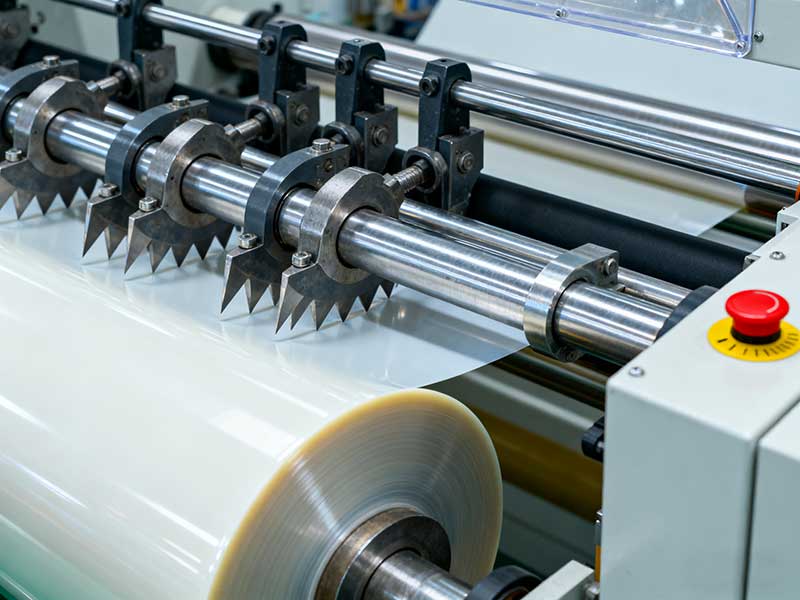
First, precise cutting: eliminate waste from the "source"
The core mission of the slitting machine is to "cut well". Any slight deviation will lead to the downgrading or even scrapping of the entire roll of material, and the efficiency cannot be discussed.
1. Slitting Accuracy and Stability: High-quality slitting machines should use highly rigid frames, precision linear guides, and servo drive systems to ensure that the blades remain rock-stable under high-speed operation, eliminating the phenomenon of "wavy" or "burr" at the edge of the film coil. Every cut is accurate and is the basis for improving yield and reducing rework.
2. Tension Control System: This is the "soul" of the slitting machine. The material of the solar film is soft and malleable, and the unstable tension will lead to problems such as stretching deformation and uneven winding (such as "chrysanthemum pattern"). The advanced automatic tension control system can sense and fine-tune the rewinding torque in real time, ensuring that the film is always in the best tensioning state during the slitting process, escorting high-speed and high-quality production.
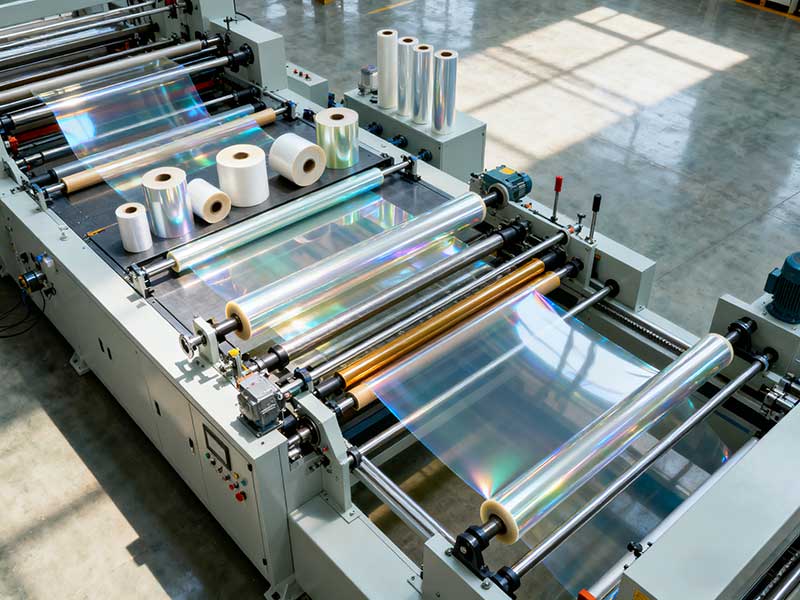
Second, extreme speed-up: optimize the "process" to grab time
Under the premise of ensuring quality, speed is the most direct embodiment of efficiency.
1. Automation and Intelligent Upgrades:
◦ Automatic loading and unloading: The traditional manual handling of master rolls and finished rolls is not only labor-intensive, but also a "black hole" of efficiency. The automatic lifting car and docking system can shorten the winding time by more than 70%.
◦ Online defect detection: Integrated high-resolution CCD visual inspection system detects pinholes, scratches, impurities and other defects in real time during the slitting process, and automatically marks or sorts, replacing traditional manual quality inspection after the fact, greatly improving the inspection speed and accuracy.
◦ One-click parameter preset: For orders of different materials and widths, the tension, speed, tool position and other parameters are set in advance in the system. Realize "one-click production change", avoid lengthy manual debugging, and reduce equipment standby time.
2. Blade and Tool Management:
◦ Choose high-quality blades: Sharp special blades not only cut well but also have less resistance, allowing the machine to operate at higher speeds. Regular and mandatory blade replacement is a necessary investment to maintain high-speed production.
◦ Quick tool change design: The tool holder with pneumatic locking or quick clamp can complete the blade replacement and positioning in seconds, further improving the efficiency of production changeover.
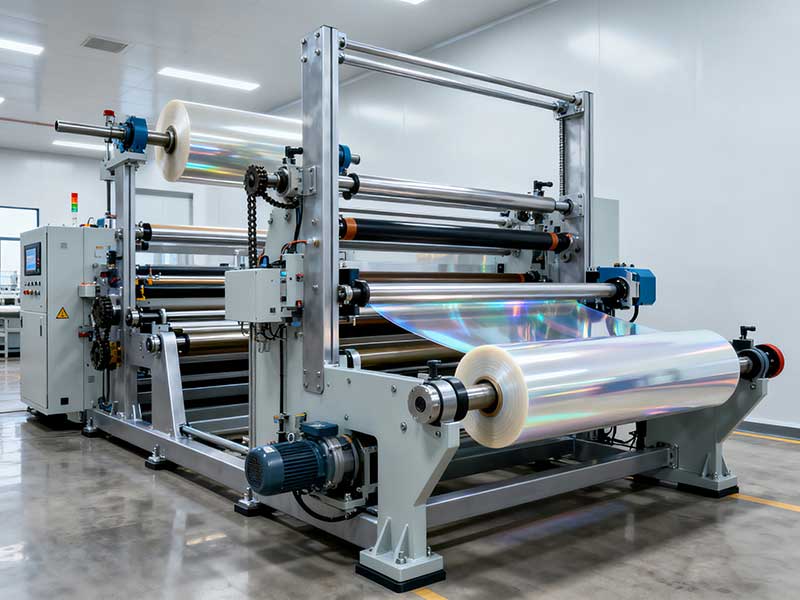
Third, human-machine collaboration: tap the potential of "softness"
No matter how advanced the equipment is, it needs to be controlled by people. The skills and daily management of the operators are the "catalysts" for the release of production capacity.
1. Standardized Operation Procedures (SOPs): Formulate complete SOPs from start-up preparation, loading, parameter setting, production monitoring to unloading and cleaning. Keep every step in order, reducing failures and downtime caused by improper operation.
2. Predictive maintenance: change "repair after it is broken" to "prevent problems before they happen". Establish a strict maintenance plan, regularly check the wear of bearings, guide rails, and transmission belts, clean sensors, and lubricate moving parts. A well-healthy device is the cornerstone of sustained and efficient operation.
3. Data analysis and continuous improvement: Utilize the MES (Manufacturing Execution System) or data interface that comes with the equipment to collect production data, such as average operating speed, unplanned downtime, yield rate, etc. Through data analysis, production bottlenecks can be accurately located, so as to make targeted improvements and form a virtuous circle of efficiency improvement.
conclusion
Unlocking the production capacity of the solar film slitting machine is by no means a simple press of the "acceleration button", but a systematic project involving precision machinery, intelligent control, process optimization and personnel management. It requires us to start from "precision", to "intelligence" to efficiency, and to maintain "management" for a long time.
When the slitting machine continues to operate with the best accuracy, the fastest stable speed, and the least downtime, it is no longer a simple processing equipment, but a core weapon for enterprises to reduce costs and increase efficiency, and win the market. Investing in efficiency improvements is investing in the certainty of future growth. Now, take action, take a look at your slitting line, and tap into the surging capacity that has not yet been fully released!
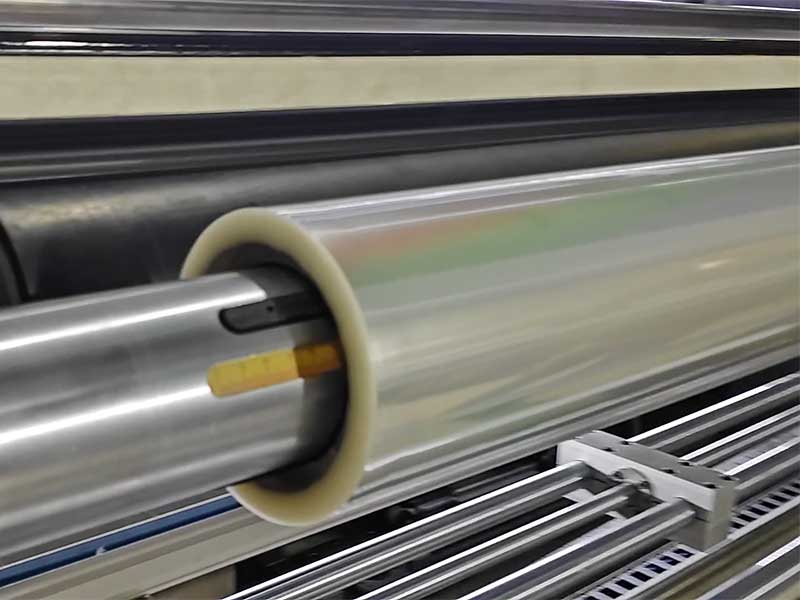
It cuts wide raw film rolls into various sizes required by customers with millimeter-level accuracy.
02. December, 2025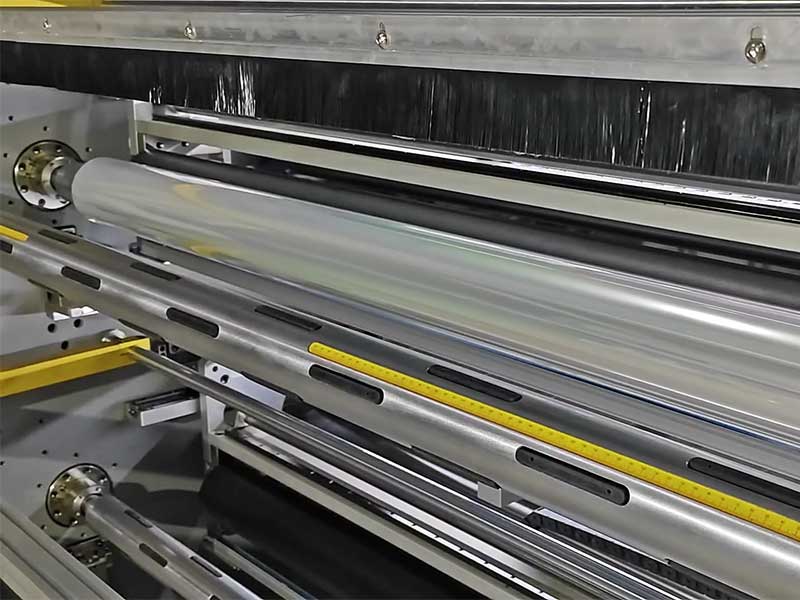
What it completes is not only a physical form cutting, but also a profound value sublimation.
02. December, 2025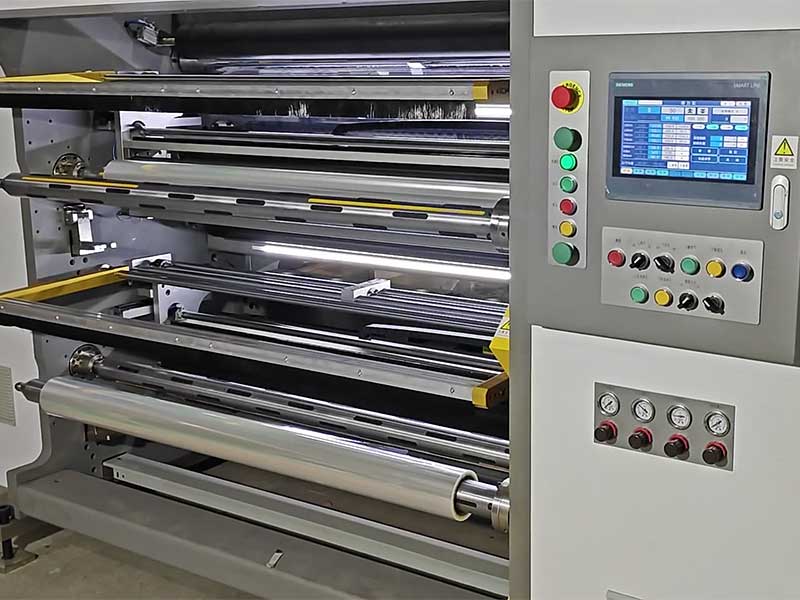
According to the needs of the end products—whether it’s car windows, architectural glass, or electronic screens—the material is cut into narrow rolls of various specific widths.
02. December, 2025
Slitting is the "last mile" connecting mass production and individual needs.
28. November, 2025
A 'business partner' that best matches your current operations and future development in terms of accuracy, efficiency, stability, and cost.
28. November, 2025